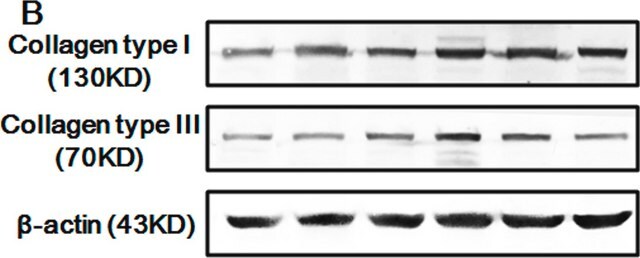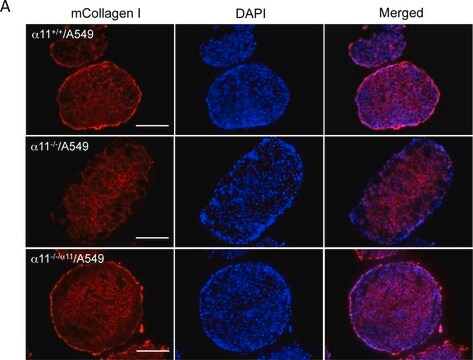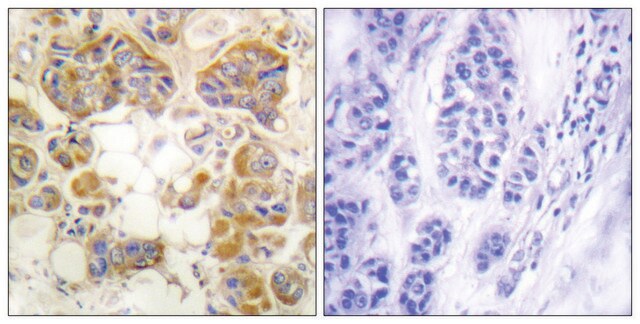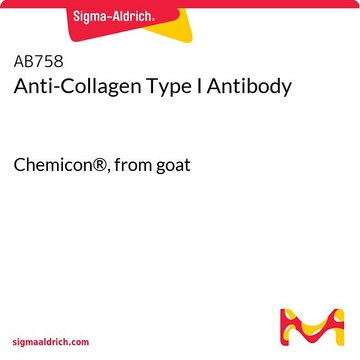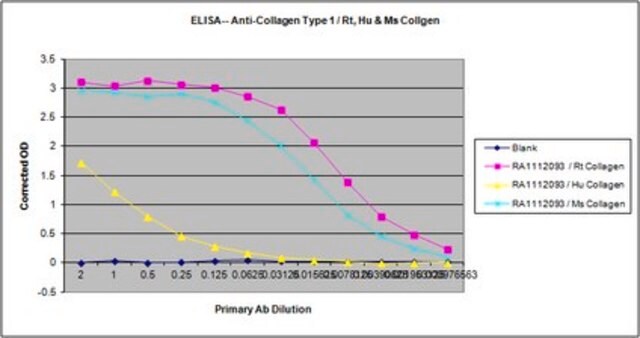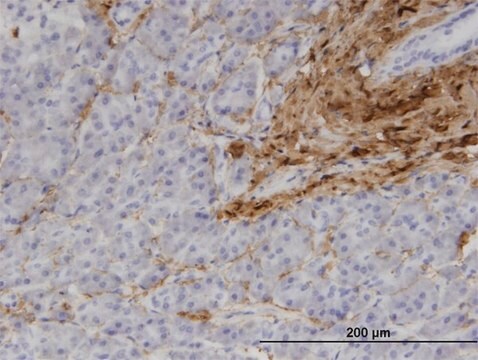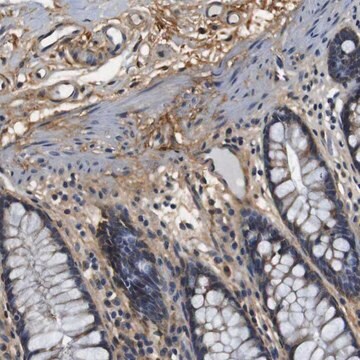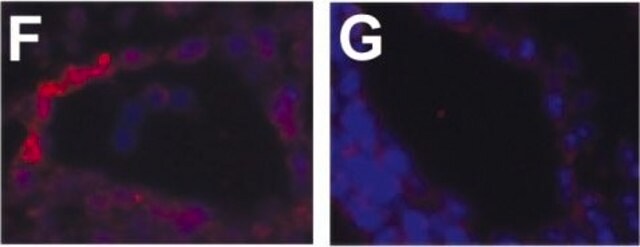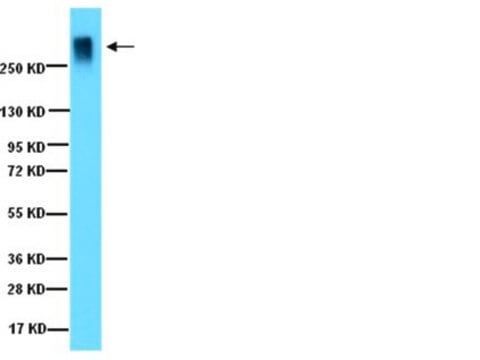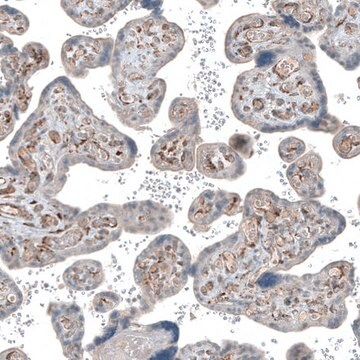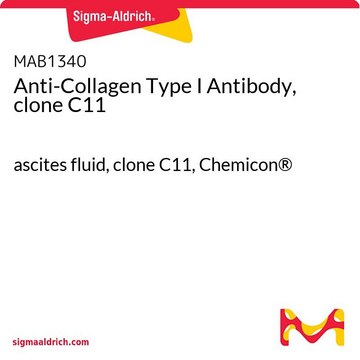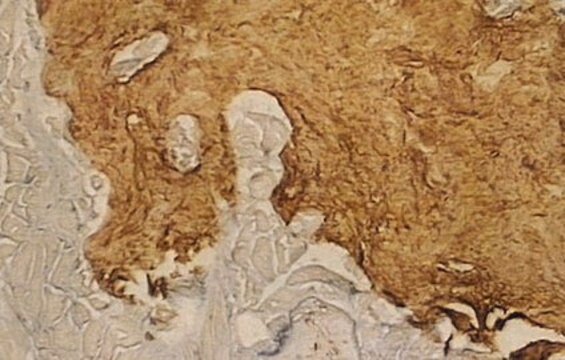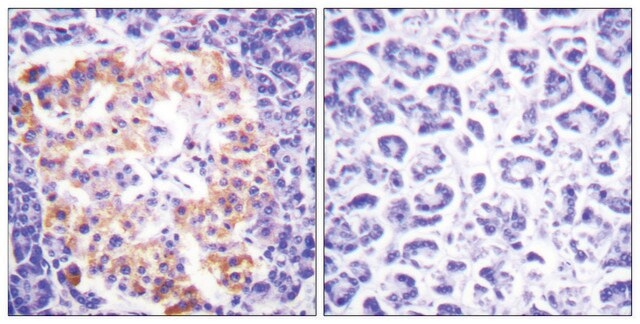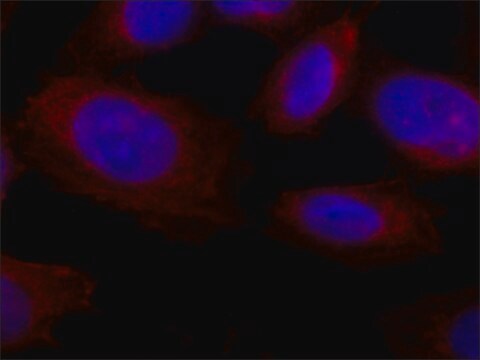SAB4200678
Anti-Collagen Type I antibody, Mouse monoclonal
clone COL-1, purified from hybridoma cell culture
Synonim(y):
Monoclonal Anti-Collagen Type I antibody produced in mouse, OI4, alpha 1, alpha 2, collagen, type I
About This Item
Polecane produkty
pochodzenie biologiczne
mouse
Poziom jakości
forma przeciwciała
purified immunoglobulin
rodzaj przeciwciała
primary antibodies
klon
COL-1, monoclonal
Formularz
buffered aqueous solution
reaktywność gatunkowa
pig, rat, human, deer, bovine
stężenie
~1 mg/mL
metody
ELISA: suitable
dot blot: suitable
immunoblotting: 1-2 μg/mL using recombinant human collagen, expressed in Nicotiana tabacum
immunohistochemistry: 3.5-7 μg/mL using frozen sections of human tonsil, human tongue or pig tongue
izotyp
IgG1
Warunki transportu
dry ice
temp. przechowywania
−20°C
docelowa modyfikacja potranslacyjna
unmodified
informacje o genach
human ... COL1A1(1277)
Opis ogólny
Immunogen
Zastosowanie
Działania biochem./fizjol.
Postać fizyczna
Oświadczenie o zrzeczeniu się odpowiedzialności
Nie możesz znaleźć właściwego produktu?
Wypróbuj nasz Narzędzie selektora produktów.
Kod klasy składowania
12 - Non Combustible Liquids
Klasa zagrożenia wodnego (WGK)
WGK 1
Temperatura zapłonu (°F)
Not applicable
Temperatura zapłonu (°C)
Not applicable
Wybierz jedną z najnowszych wersji:
Masz już ten produkt?
Dokumenty związane z niedawno zakupionymi produktami zostały zamieszczone w Bibliotece dokumentów.
Klienci oglądali również te produkty
Nasz zespół naukowców ma doświadczenie we wszystkich obszarach badań, w tym w naukach przyrodniczych, materiałoznawstwie, syntezie chemicznej, chromatografii, analityce i wielu innych dziedzinach.
Skontaktuj się z zespołem ds. pomocy technicznej